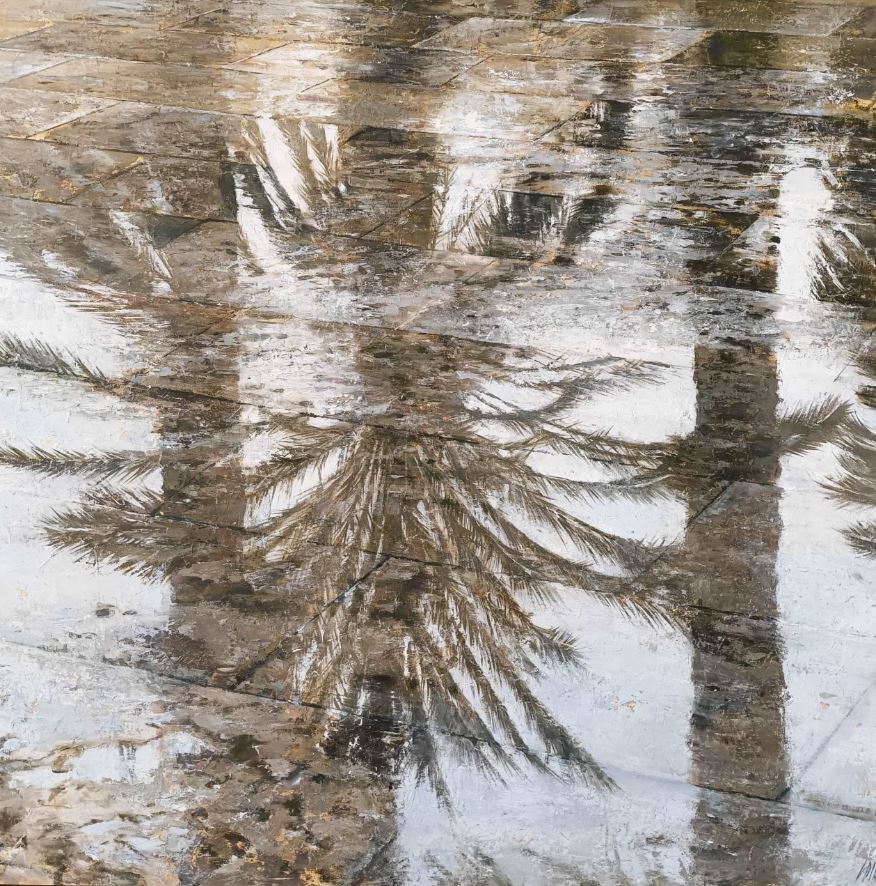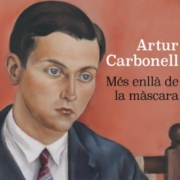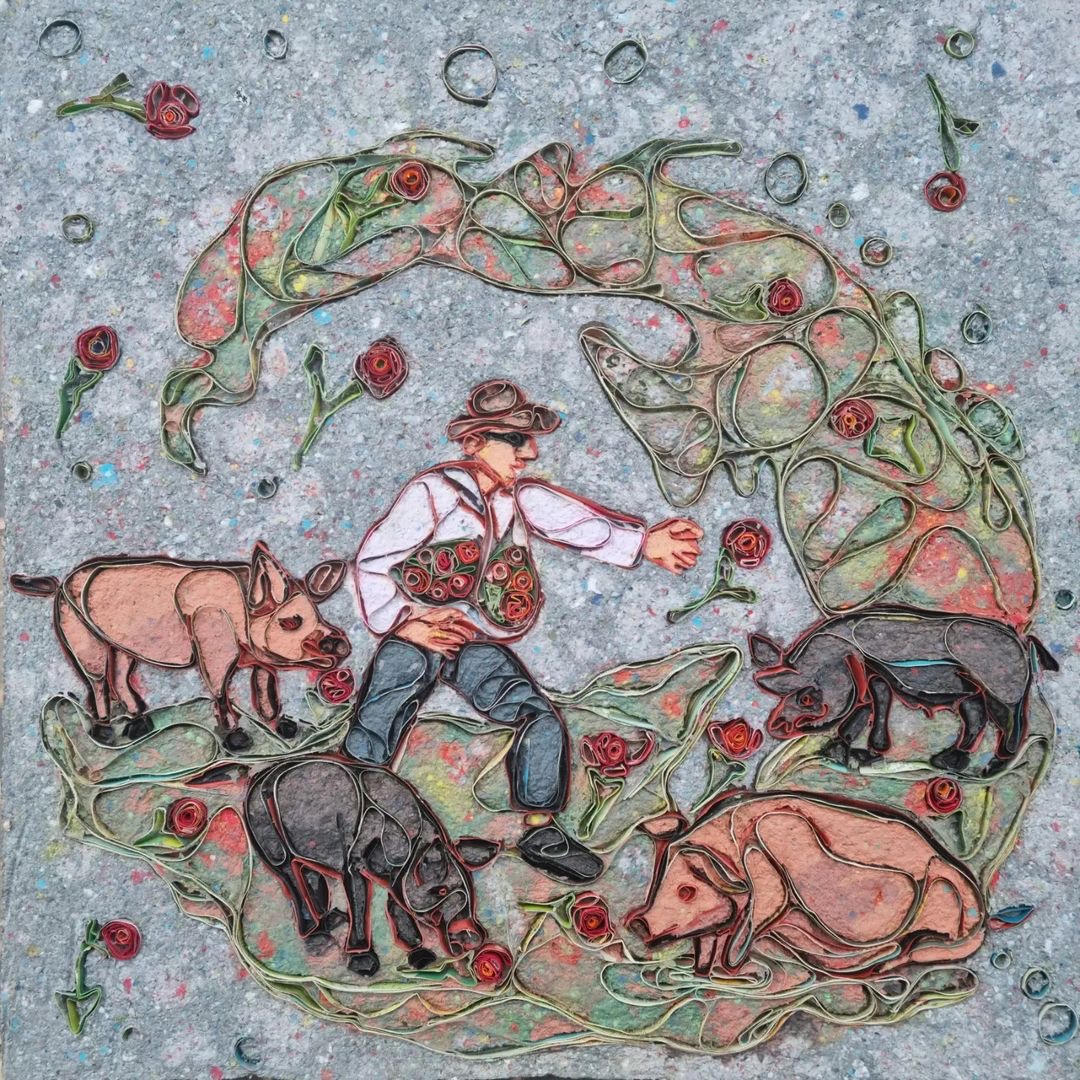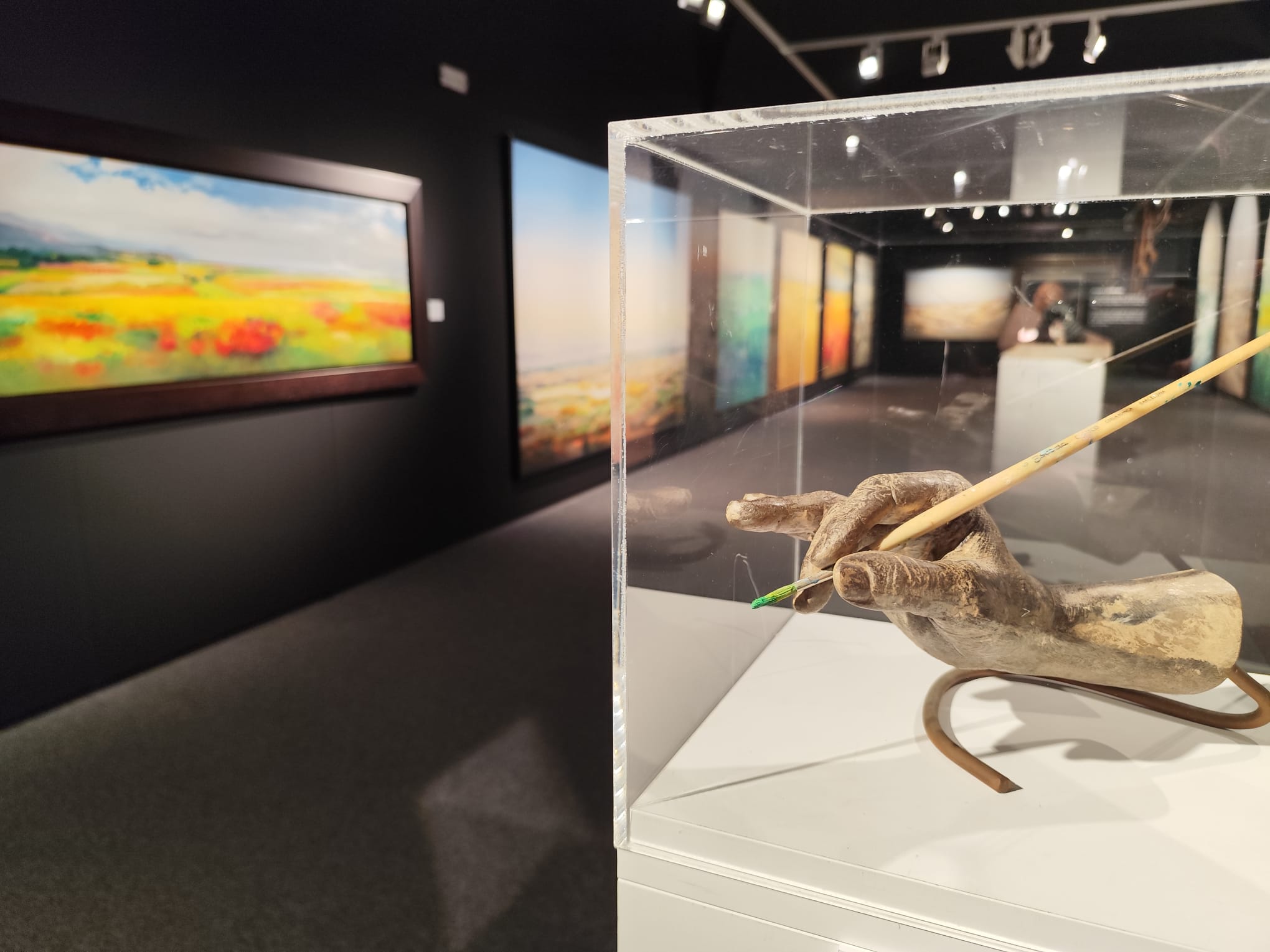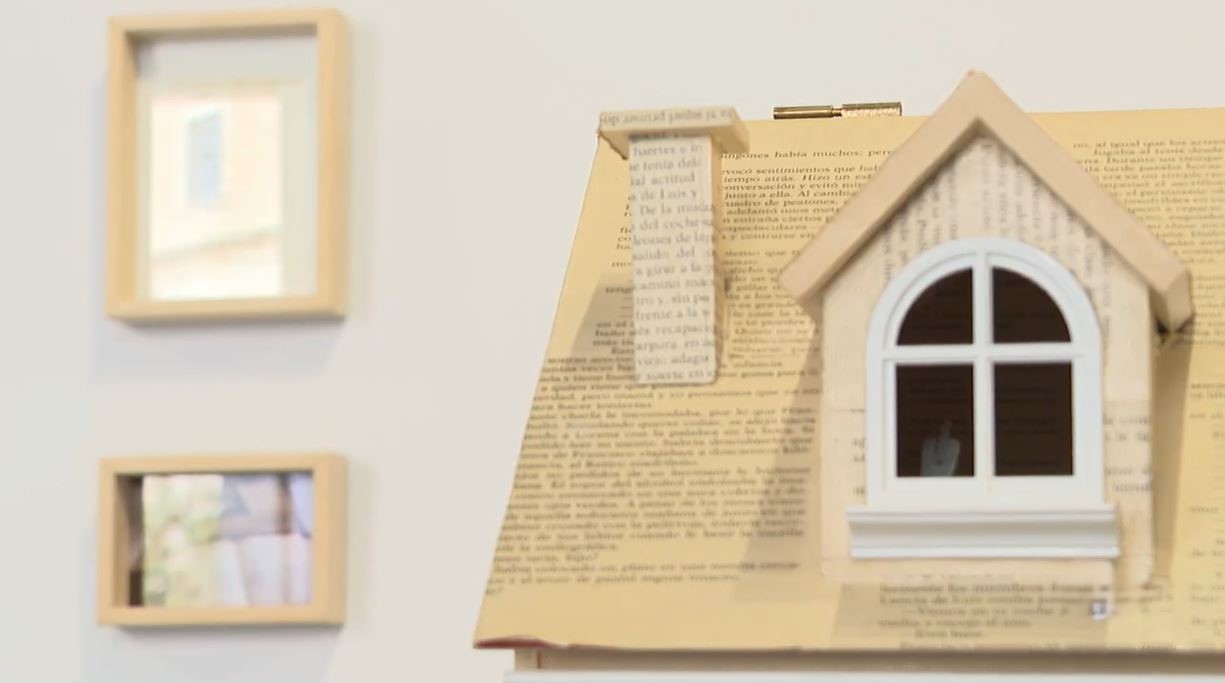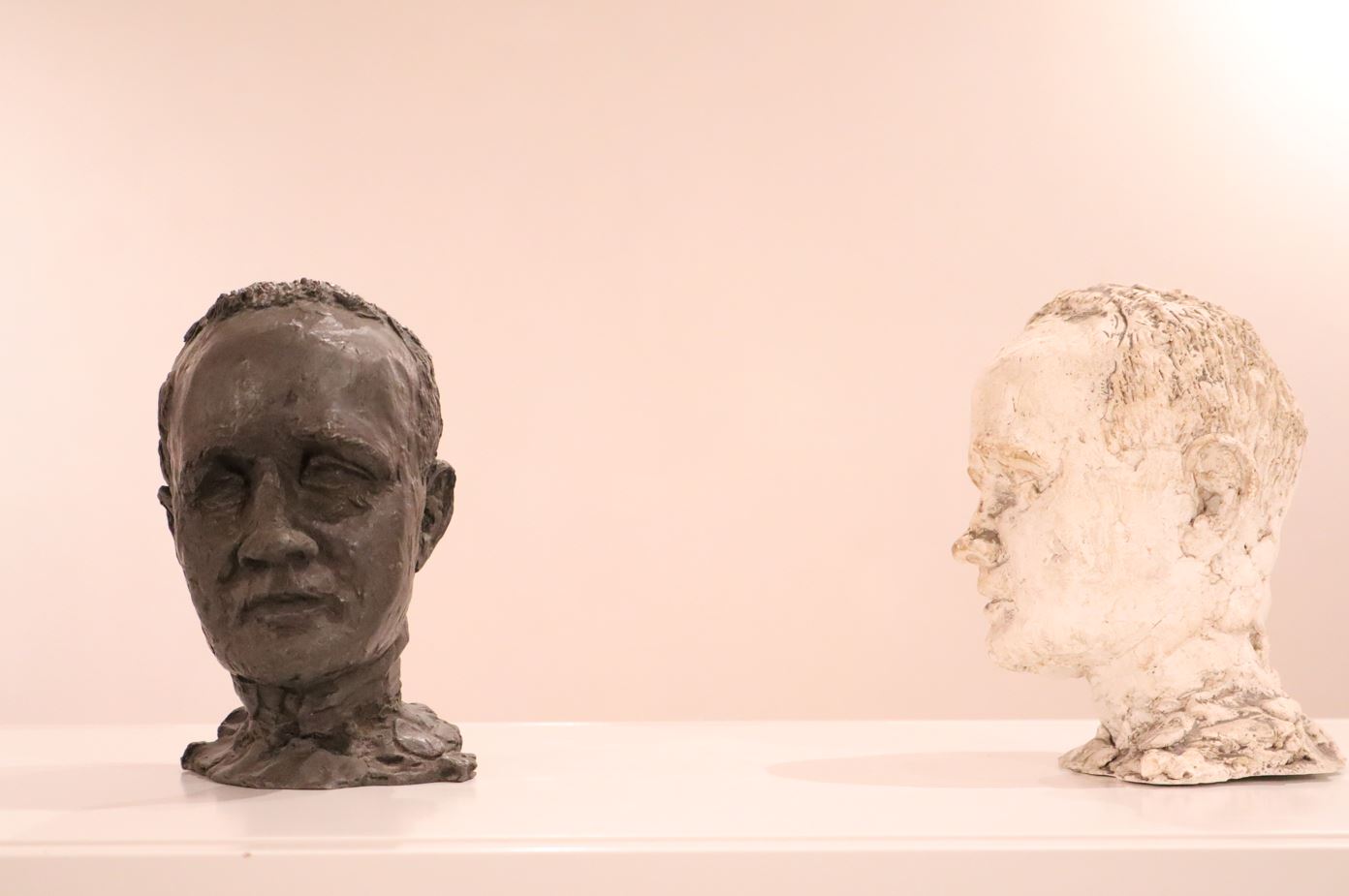Exhibitions
Three looks: Granero, Miquel and Díaz
Contemporary sculpture, drawing and painting in the Sala Parés.
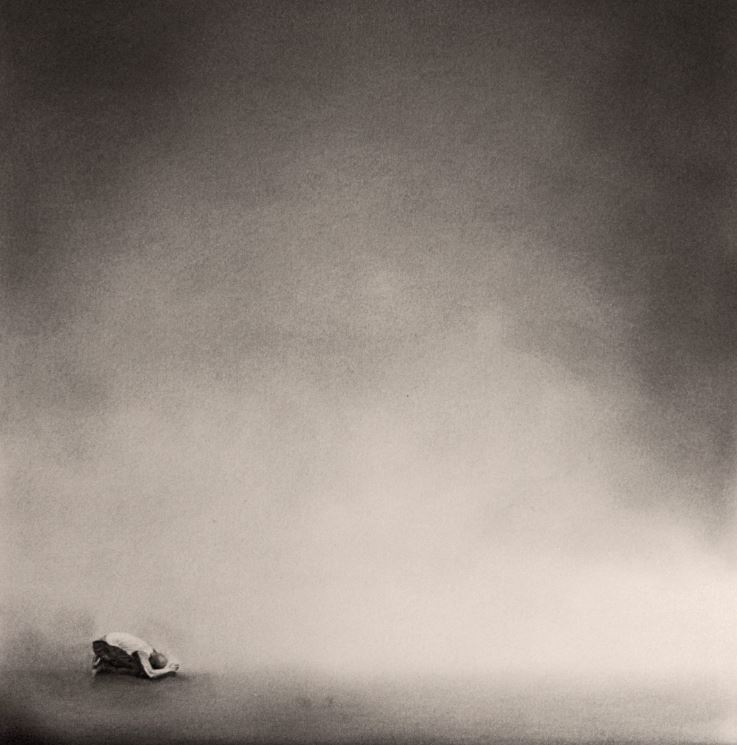
Three exhibitions on the human condition, everyday beauty and the power of nature arrive at Sala Parés, which hosts the works of Luisa Granero, Eva Miaquel and Carlos Díaz, three artists who, through very diverse languages and aesthetics, offer unique views on the world around us.
A legacy of strength and sensitivity
The exhibition dedicated to Luisa Granero (Barcelona, 1924-2012) is a tribute to one of the most outstanding sculptors of the 20th century, coinciding with the centenary of her birth. Twelve sculptures are on display that are representative of her artistic career and at the same time exemplify her bravery in a world where women were often relegated to the background.
At just 16 years old, he entered the School of Arts and Crafts in Barcelona, where he began to forge his career. In order to cover the cost of his studies, he worked as a model and workshop assistant for renowned figures such as Ernesto Santasusagna, Frederic Marès and Lluís Muntaner. He was able to explore the technique of monumental sculpture up close alongside established masters, and began to develop his own artistic language.
One of the important moments of his career came in 1956, when he won the prestigious Sant Jordi Award with the sculpture 'Ayuda al desvalido', a work which, made in limestone and currently located in the Maternity Gardens of Barcelona, was a commission from the Provincial Council of Barcelona and has become a benchmark for Granero's social commitment. Her ability to capture the essence of motherhood and solidarity through an elegant form established her in the artistic landscape of that time. Later, she became the first female professor of sculpture in Spain at the School of Fine Arts in Barcelona, paving the way in a field traditionally dominated by men.
The materials he used, such as terra cotta, plaster, bronze and marble, are testament to his versatility and innovation. His sculptures, beyond being works of art, aim to be a reflection on the human condition and its complexities. With great sensitivity, Granero captured the essence of human forms, especially in the female representations, which often addressed themes such as motherhood and fragility, reinterpreting the classic canons at the same time.
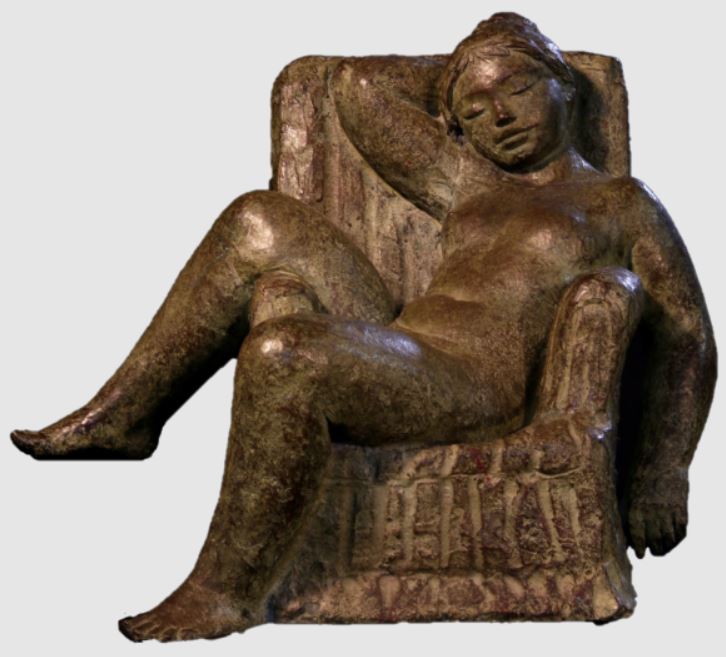
human archipelago
Eva Miquel (Barcelona, 1970) transports us to a world where beauty and restlessness merge in landscapes of great poetic force. His work, which is based on the reinterpretation of photographic references, transports us to black and white scenes that reflect the complexities of our contemporary reality. The figures that appear in his drawings, whether beings in exodus or lost souls, seek to confront us with what we often avoid: our own fears and vulnerabilities.
With a delicate stroke and meticulous composition, Miquel creates landscapes where beauty and desolation seem to coexist, and speak of the human condition in its deepest sense. Themes such as loneliness, exile and the desire to belong are common in his works, trying to go beyond the superficiality and apparent simplicity of the everyday .
Throughout her career, Eva Miquel has worked with various artistic languages, but it is through drawing that she has been able to convey a deeply humanist message, transforming landscapes into emotional reflections. This dedication to drawing has led him to be a finalist in the Ynglada-Guillot prize in the years 2021 and 2022. In addition, he has explored video and photography in such prominent works as Desde el agua at the Altamira Museum within the PhotoEspaña festival, and Mutisms II at the Palmadotze Gallery (2022). He has participated in fairs such as ARCO, Artissima, LOOP, Estampa and SWAB, and his work is in collections such as those of the Lluís Coromina Foundation, the Bassat Foundation, the Sorigué Foundation and Caja Madrid.
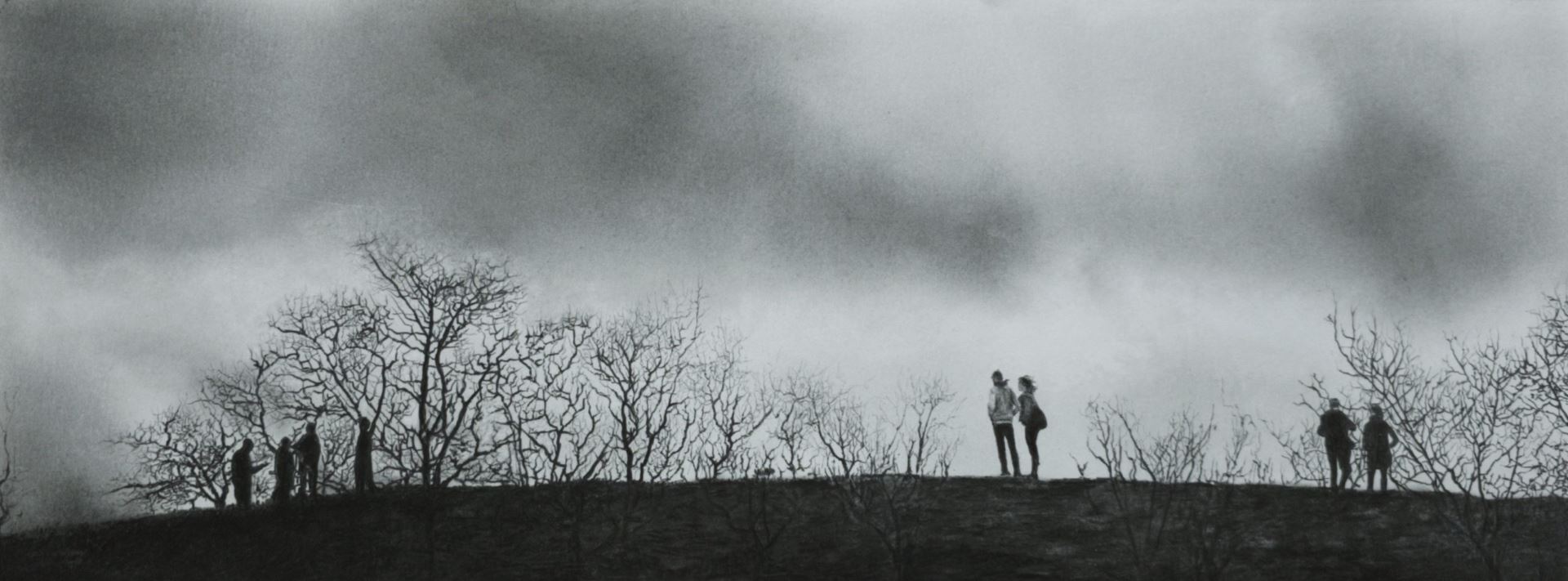
you find
It is a poetic vision of the urban landscape, where every detail is a reflection of everyday beauty. The works of Carlos Díaz (Barcelona, 1968), marked by light, are a constant dialogue between the natural world and the metropolitan. Through a rich palette and textures that evoke the passage of time through eroded walls, Díaz transforms seemingly ordinary scenes into extraordinary moments, looking for something deeply contemplative in the silence of the scenes, in the stillness of the elements.
His works lead to perceive the city in a different way, exploring the effect of light on the urban landscape, capturing the games of shadows, the reflections that occur after the rain or how the sun filters between the tree branches As Díaz expresses it "the shadows seem to narrate parallel stories, reflecting their complexity and boldness".
With a career that has led him to exhibit in cities such as Madrid, Chicago, Miami and Vienna, Díaz captures moments of calm and contemplation in an often frenetic world.
The three exhibitions are open to the public at Sala Parés in Barcelona until November 23.
